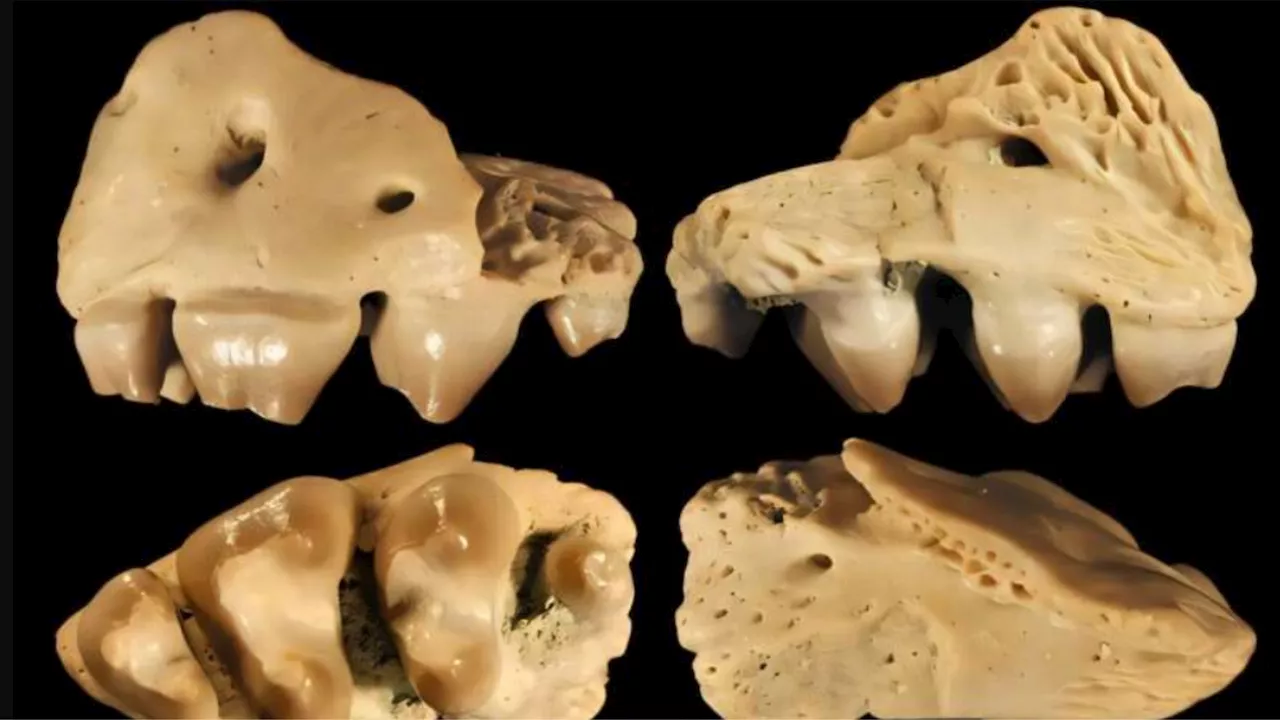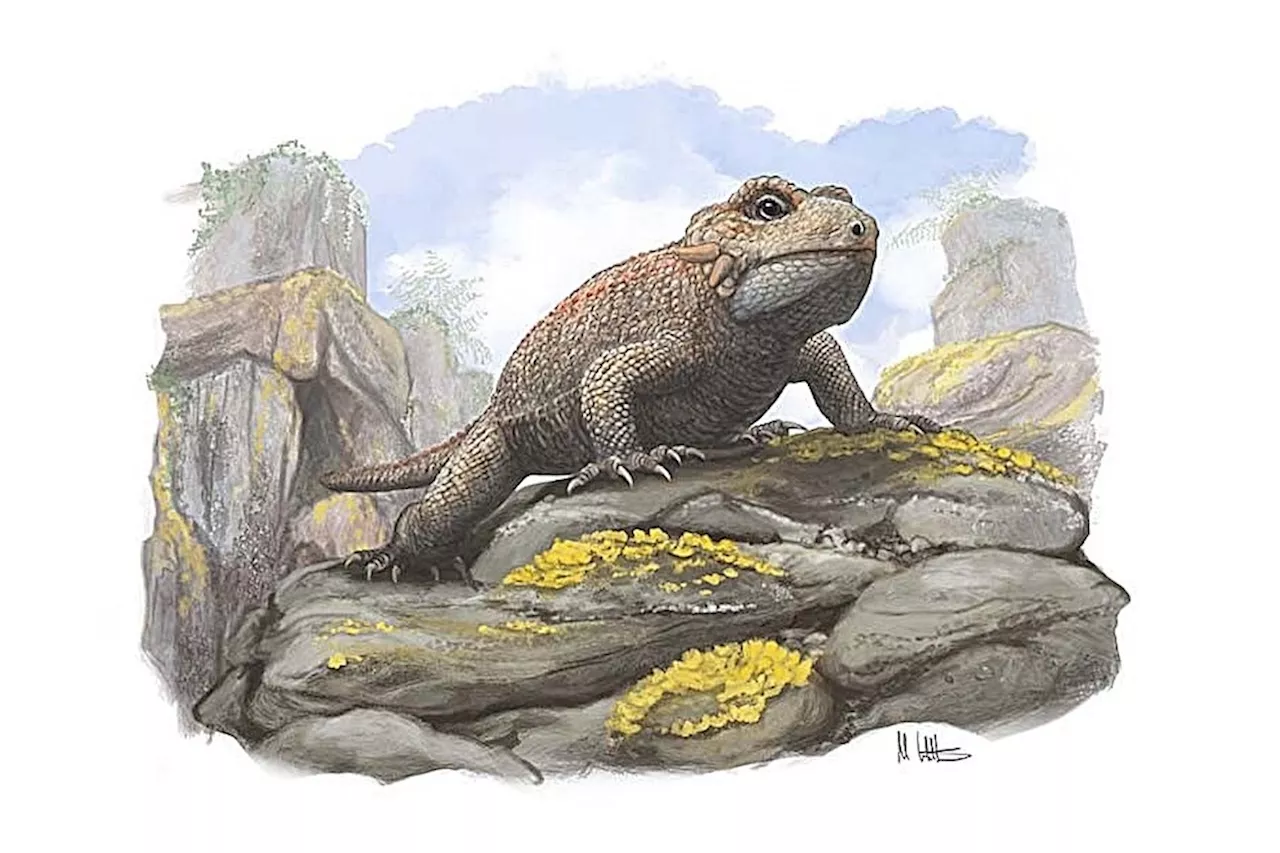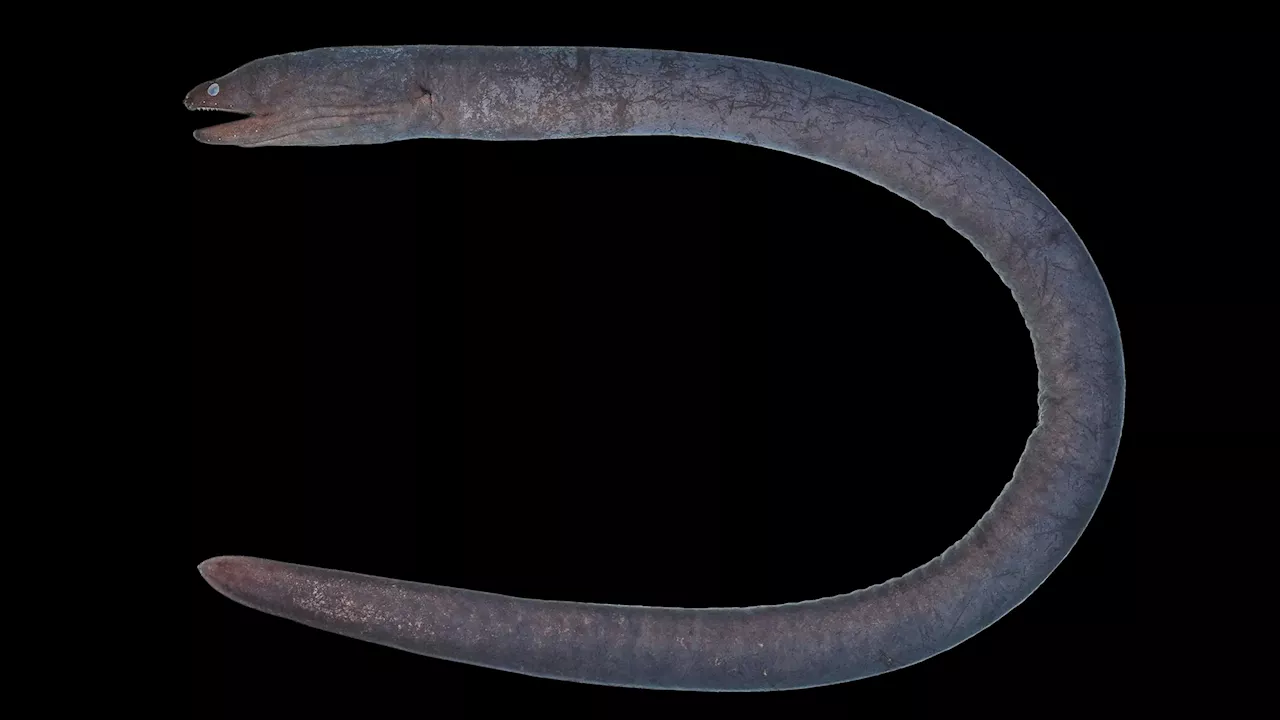A new species of moray eel, the Hades’ snake moray (Uropterygius hades), has been discovered in muddy river mouths across several countries in the Pacific Ocean. This eel, unlike its brightly colored saltwater counterparts, is dark brown and appears to be an expert burrower, exhibiting unique adaptations for its brackish water habitat.
The newly discovered Hades’ snake moray (Uropterygius hades) is right at home in muddy river mouths. This moray eel is dark brown and appears to be an expert burrower. Unlike other moray eel s that are brightly colored and live in primarily saltwater environments, Hades’ snake moray can be found in estuaries across southern Japan , Taiwan, the Philippines, southern Java, and Fiji. Its unique features are described in a study published in December 2024 in the journal ZooKeys.
There are roughly 230 known species of moray eels, with most living in salty marine environments. The freshwater moray (Gymnothorax polyuranodon) has been confirmed to spend most of its life in fresh water. The slender giant moray (Strophidon sathete) and a few other species can also tolerate and occasionally enter lower-salinity environments such as river mouths. However, most moray eels specifically adapted to an estuary habitat with mixed salt and fresh water are considered rare. This new and particularly dark moral eel was also discovered by accident. Three of the study’s co-authors from Taiwan’s National Sun Yat-sen University were investigating a cave of the Puerto Princesa Subterranean River in the Philippines, hoping to survey the aquatic animals in the area and find a different cave eel species, the bean-eyed snake moray (Uropterygius cyamommatus. While they did not find any bean-eyed snake morays, they collected a slender moray with a strange dark color. They brought several specimens back to their lab and performed DNA testing to see how its genes compared to other known moray eels. While it was in a tank, the team observed that the Hades’ snake moray burrowed tail first. This behavior is rarely seen in moray eels. It also appears to be highly sensitive to light and kept trying to hide when it was exposed to any sort of illuminatio
MORAY EEL NEW SPECIES ESTUARY Brackish WATER JAPAN TAIWAN PHILIPPINES FIIJI
United States Latest News, United States Headlines
Similar News:You can also read news stories similar to this one that we have collected from other news sources.
 200 million-year-old reptile with unique teeth, jaws identified as new speciesThe never-seen-before teeth and jaws of the ancient reptile, Threordatoth chasmatos, distinguishes it from other procolophonids.
200 million-year-old reptile with unique teeth, jaws identified as new speciesThe never-seen-before teeth and jaws of the ancient reptile, Threordatoth chasmatos, distinguishes it from other procolophonids.
Read more »
 New Species of Ancient Reptile With 'Unusual' Jaws DiscoveredThe previously unknown lizard-like creature lived more than 200 million years ago during the Late Triassic period.
New Species of Ancient Reptile With 'Unusual' Jaws DiscoveredThe previously unknown lizard-like creature lived more than 200 million years ago during the Late Triassic period.
Read more »
 Scientists Discovered a New Human Species That Defies Conventional WisdomCalled Homo juluensis, or “big head,” this species could help piece together missing info about humanity around the late Middle Pleistocene.
Scientists Discovered a New Human Species That Defies Conventional WisdomCalled Homo juluensis, or “big head,” this species could help piece together missing info about humanity around the late Middle Pleistocene.
Read more »
 178-million-year-old pterosaur fossil reveals new species of flying reptileInterestingly, this new discovery has pushed back the timeline of pterosaur evolution by millions of years.
178-million-year-old pterosaur fossil reveals new species of flying reptileInterestingly, this new discovery has pushed back the timeline of pterosaur evolution by millions of years.
Read more »
 Underwater Mountain Discovery Reveals Over 100 New ‘Alien-Like’ Marine SpeciesGlowing red lobsters, octopus gardens, towering tree-like corals and glass sponges that are thousands of years old make up just a few of the life forms at this new seamount.
Underwater Mountain Discovery Reveals Over 100 New ‘Alien-Like’ Marine SpeciesGlowing red lobsters, octopus gardens, towering tree-like corals and glass sponges that are thousands of years old make up just a few of the life forms at this new seamount.
Read more »
 Homo juluensis: New species of archaic humans from 50,000 years ago identifiedA new study, which examined hominin fossils from east Asia, has proposed the introduction of new archaic human species named Homo juluensis.
Homo juluensis: New species of archaic humans from 50,000 years ago identifiedA new study, which examined hominin fossils from east Asia, has proposed the introduction of new archaic human species named Homo juluensis.
Read more »
